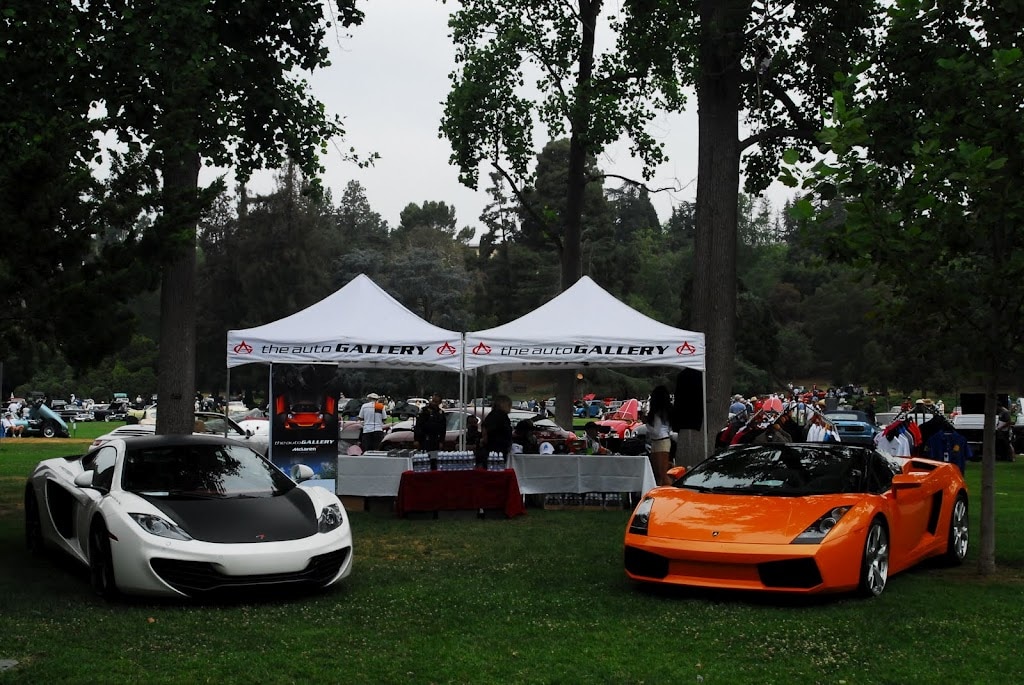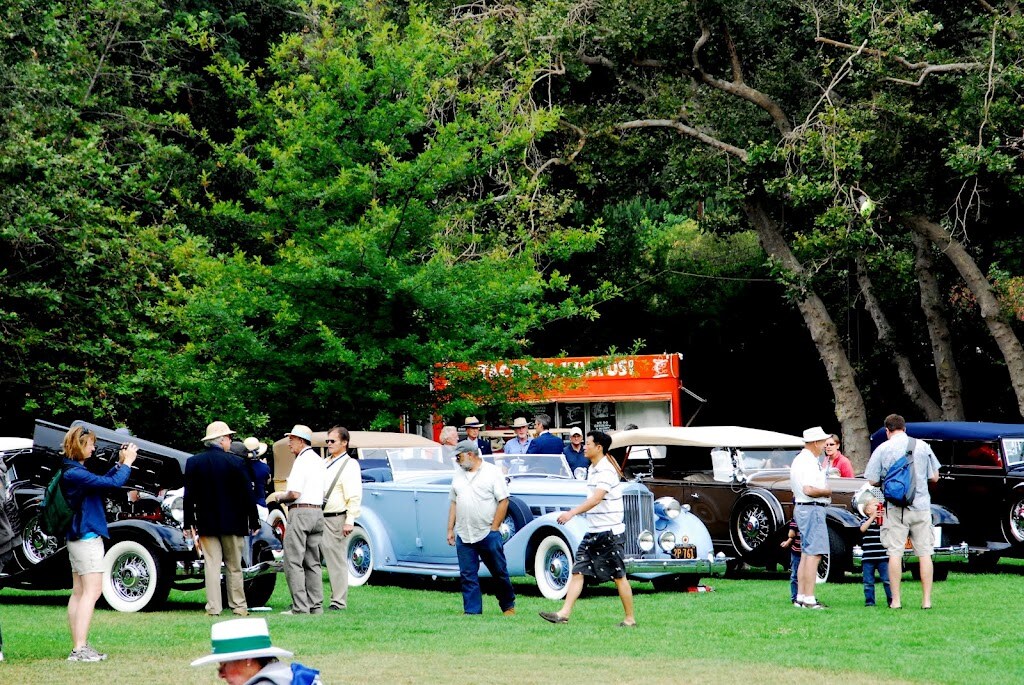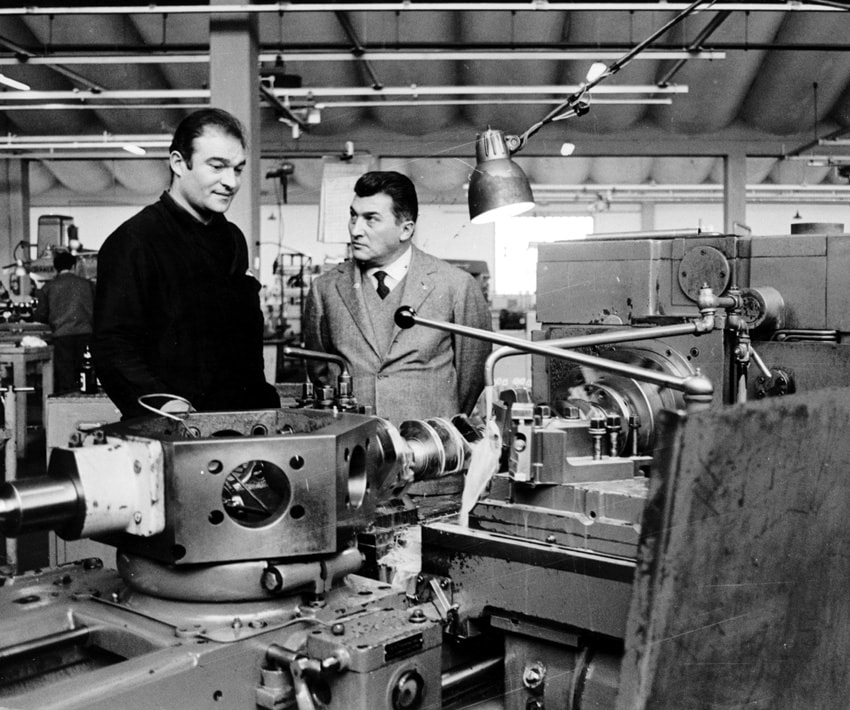


Lamborghini has just announced the new limited edition Lamborghini
Veneno for their50th anniversary. With the production of only three in the world, this model design doesn't get anymore exclusive than the brand its self. The car has a sporty look and the big 6.5 Liters
V12 engine with a seven speed ISR transmission and 5 driving modes. The
engine has 740 horsepower with a top speed of 220 mph.

The Lamborghini Veneno brings the aerodynamic efficiency of a racing prototype to the road. Every detail of its form pursues a clear function - exceptional dynamics, optimum downforce with minimal drag and perfect cooling of the high-performance engine.

The new supercar from Lamborghini cost 4.6 million dollars and is defiantly one of a kind. Keeping with the tradition of the brand, the name of the Veneno originates from a legendary fighting bull.The Veneno is painted in an all-new, grey metallic-look color with individual parts gleaming in the black of the visible carbon-fiber structure.

In the coming months, we'll be taking a look at some of the historic Lamborghini models that have paved the way for Lamborghini Aventador and Gallardo models we know and love today. Let's take a look at Ferruccio Lamborghini's first production car, the Lamborghini 350 GT.
The first in a long line of exceptional autos, the Lamborghini 350 GT started production in May 1964, after its well received debut at the March 1964 Geneva Auto Show. Before the end of 1966, Carrozzeria Touring had made 120 models, the majority with 3.5-liter 12-cylinder engines and 320 HP. Another 23 models were added to these, already using the 4-liter V12 engine and 320 HP, but with more torque and therefore offering a more comfortable drive. This engine would later be used in the Lamborghini 400 GT models.

Only two 350 GTS Spyder versions were built by Carrozzeria Touring.
The Lamborghini 350 GT shared a number of features with the
350 GTV prototype, including a four-wheel independent suspension, quad-cam V12,
and an aluminum body. Revisions included the replacement of pop-up headlights
with fixed headlights, while the twin-barrel side-draught Weber 40 DCOE 3 carburetors
reduced the height of the engine and gave Ferruccio the low hood line he
desired.

The Lamborghini 350 GT would lead the way for other widely popular production models, including the Lamborghini 400 GT of which 250 models were produced from 1966 to 1968. We'll take a look at the 400 GT in our next Historic Series release.
With a vibrant history and obvious passion for exceptional engineering, today's Lamborghini Gallardo and Aventador models - similar to the 350 GT - have become instant classics among enthusiasts. I invite you to stop by our showroom to take a look at these exceptional autos in person and look forward to chatting with you about all things Lamborghini.
Connect with us! To receive updates from us, sign up for our email newsletter, follow us on Facebook or add us to your Google circles.

source: Lamborghini
Born on April 28th, 1916 on a farm in the rural
town of Renazzo di Cento near Modena, as a child Ferruccio had a burning
interest in all mechanical objects. He graduated with an engineering degree
from the technical university in Bologna, and during the Second World War he
was stationed on the Greek island of Rhodes as a ground crew member of the air
force.
The workshop quickly grew into a company, which in 1949
produced self-developed tractors with two, three, and four-cylinder diesel
engines. The components were modular and had numerous interchangeable parts. In
1954, an engine with direct injection was added to the range, and later the
company - Lamborghini Tractori S.p.A. - moved to a new plant that could produce
more than 400 vehicles per month. At this rate, Lamborghini became the biggest
agricultural machinery manufacturer in Italy in the late sixties.
1960: Ferruccio
Experiences a Rapid Ascent

source: Lamborghini
A self-made man, in 1962 Lamborghini was 46 years old and
had risen to be one of the richest entrepreneurs in Italy. His fellow employees
and travelers valued his intelligence and his sincere, cheerful and sometimes
direct nature.
A Passion For Fast
Cars
Lamborghini
enjoyed his success and the good things in life: good food, fine wines and fast
cars. In 1948 he had already built an open sports car on the basis of a tuned
Fiat Topolino and took part with this car in the Mille Miglia road race, which
was extremely popular in Italy at the time. However, the race ended for car
number 427 after about 600 miles.
The story of how Ferruccio Lamborghini decided to make sports cars himself at the end of 1962 has been circulated often and with many variants, legend and truth having become inseparably mixed. Essentially this is what seems to have taken place: Lamborghini owns a collection of powerful Jaguars, Mercedes, Ferraris and Maseratis, but no car completely satisfies him. In one case the luxury is insufficient for him, in another case the ventilation is too weak or the quality inferior or the power transmission noise seems to be too loud for him.
Lamborghini
is not even happy with the workmanship on his new Ferrari 250 GT. He requests a
meeting with Enzo Ferrari in nearby Maranello, but is refused. He has the GT taken
to pieces by his engineers and recognizes that many of the parts used are
standard items. Lamborghini thinks that he could build such a sports car better
himself and, if he were to do without his expensive motor sport, he would even
be able to open an new, profitable business segment.
1963: A Sports Car Brand is
Created
Automobili Ferruccio Lamborghini S.p.A. was established in Sant'Agata Bolognese in May
1963. Its location in the small town between Modena and Bologna was chosen
carefully; typical for Lamborghini. The ultra-modern plant in green meadowland
had plenty of space to grow, the tractor and heating factory not far away. And,
it was in the middle of the "Terra di Motori" - engine country - home to the
factories of Ferrari, Maserati and Ducati, and now Lamborghini as well.

source: Lamborghini
Although
a highly qualified source of skilled workers from the sports car industry
existed, the wage level was low because the region was otherwise relatively
structurally weak. Lamborghini gave the municipality an employment guarantee
for his workers and in return he received a long-term, interest-free loan. The
impatient boss exerted considerable pressure during erection of the factory,
and after just a year it was complete.
The
aggressive bull on the corporate coat of arms already decorated the first
Lamborghini. Ferruccio himself, born under the zodiac sign Taurus, loved the
symbol - he saw it as an expression of his forward-urging and occasionally
impetuous character.
Lamborghini Retires
The
sparkling success of the sixties was followed by the crisis of the seventies,
triggered by a slack economic situation, strikes and intensified regulations on
the U.S. market. A big tractor transaction that had been agreed with the
Bolivian government failed at the last moment in 1972. To support his
agricultural machinery company, Ferruccio Lamborghini sold 51 per cent of the
shares in the motorcar company to the Swiss national Georges Henri Rossetti.
One year later he sold off the remaining 49 per cent to René Leimer, a
colleague of Rossetti. At roughly the same time he lost confidence in the tractor
business and sold it to the competing Italian Same group, which continues to manage
it up to the present day under the old brand name.
Lamborghini
kept only the heating segment as well as another newly formed company by the
name of Oleodinamica, which produced hydraulic valves; he appointed his son Tonino
as the manager of this company. The patriarch retired to an estate by the name
of La Fiorita, which he had purchased in 1971. He led the life of a prosperous winegrower
in Panicarola/Umbria near to the Trasimenic Lake and set up a small private museum.
Feruccio
Lamborghini, who all his life had always felt best in shirtsleeves, returned to
his roots. He planted the traditional grape types Sangiovese, Gamay,
Ciliegiolo, Merlot and Cabernet Sauvignon. His red wine came onto the market
with the name "Colli di Trasimeno", however, quickly acquired the colloquial
name "Sangue Di Miura", Miura blood. Lamborghini's wines have received many
awards. They are well established in the international high-end segment due to
their exceptional quality.

source: Lamborghini
Ferruccio Lamborghini, who was awarded the title "Commendatore" and knighted "Cavaliere Del lavoro" (knight of work), died of a heart attack on 20th February 1993. He was buried in his hometown Renazzo.
Connect with us! To receive updates from us, sign up for our email newsletter, follow us on Facebook or add us to your Google circles